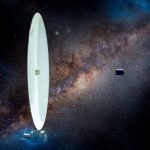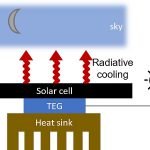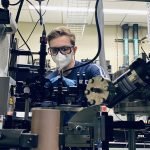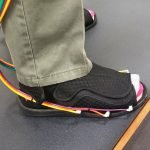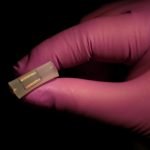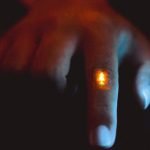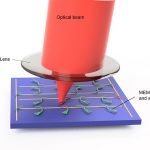Giant space telescopes could be made out of liquid
The Hubble space telescope has a primary mirror of 2.4 meters.
The Nancy Grace Roman telescope has one at 2.4 meters and the James Webb...
Stanford researchers develop solar cells that could keep working at night
About 750 million people in the world do not have access to electricity at night.
Solar cells provide power during the day, but saving energy...
Cornell engineers pave the way for next-gen deep ultraviolet lasers
Engineers have created a deep-ultraviolet laser using semiconductor materials.
This shows great promise for improving the use of ultraviolet light for sterilizing medical tools, purifying...
This new footwear may prevent diabetic foot ulcers
Scientists from The University of Texas at Arlington have developed footwear technology that relieves pressure on areas of the feet that experience high stress...
This new sensor could revolutionize COVID-19 testing
A COVID-19 sensor developed at Johns Hopkins University could revolutionize virus testing by adding accuracy and speed to a process that frustrated many during...
Squid-inspired cup will keep your hands cool and your coffee hot
In the future, you may have a squid to thank for your coffee staying hot on a cold day.
Drawing inspiration from cephalopod skin, engineers...
What’s quantum computers? What’s the future? Caltech expert explains
As part of Conversations on the Quantum World, a webinar series hosted by the Caltech Science Exchange, Professor John Preskill talks about the promise...
Stanford engineers develop stretchy display for shapable electronics
After discovering a groundbreaking way to create an elastic light-emitting polymer, Stanford chemical engineers have developed high-brightness, stretchy color displays.
No one would ever imagine...
This experiment could confirm the fifth element in the universe
An experiment that could confirm the fifth state of matter in the universe - and change physics as we know it - has been...
New chip could help make inexpensive 3D sensors for autonomous cars
When Google unveiled its first autonomous cars in 2010, the spinning cylinder mounted on the roofs really stood out.
It was the vehicle’s light detection...

